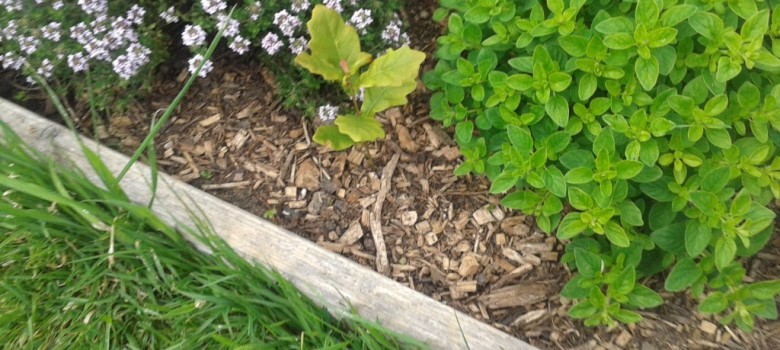
Water conservation might be a better phrase than water ‘retention’, as we are not talking about oedema (the building up of tissue fluid) here which can be painful and discomforting. Water conservation, on the other hand, can be rewarding and just plain sensible in most British gardens. Except Cornwall. Where it rains pretty much all of the time (I can say that as a member Britain’s newest minority group without risk of being regionalist).
According to the RHS though, less than 3 percent of domestic water consumption is used in gardens – at peak times 70 percent of water supplied may be used in gardens. Apart from the obvious waste this causes – as someone pointed out to me years ago – why pour beautiful treated drinking water onto a garden and besides, it also takes a fair bit of electricity to pump, store and clean this valuable resource.
In my garden, I Reuse, Reduce and Retain the water and virtually never use tap water. I also have a water meter so I really don’t want the extra cost as well.
Reuse
Collecting rainwater is easy and is covered in one of our recent blogs but here are a few pictures of my set up. I have three water butts each with a capacity of over 300 litres fed from my roof down pipe and a converter. One of these is halfway down the garden and fed from the other two by a water hose and using gravity. I hate lugging water down the garden in watering cans so I thought I would make it easier for myself.
When the butts empty I divert water from the kitchen (see photo) into a garden trug and use this to water pots and plants using a simple Bath Water Diverter. As I use only biodegradable cleaning chemicals (actually I am an Ecover fanatic), I don’t really mind them going on the garden once in a while.
The pond is topped up from a hose diverted from one of the water butts when required and I am sure that the toads, frogs and newts that have moved in prefer rain water to treated water. Any over flow from the pond drains into a bog garden so it’s not wasted either.
Reduce
We have basically given up growing plants that need oodles of water and die while whilst we are away (Photo of pots). We either use sealed pots that do not evaporate water or plan drought-resistant plants (such as alpines) when using normal pots.
It’s really best to water in the early evening when water does not quickly evaporate. Using a watering can and watering the base of the plants is the best for both water use and the plants. BTW – watering a lawn is really pointless – let it go brown a bit in the Summer and cut less often – it will quickly green up again when the rain comes again.
Retain
Simply put – there are three important factors – mulch, mulch and mulch. We use four types:
- Compost from our compost heaps
- Grass cuttings from neighbors – in particular around our fruit trees
- Wood chippings from a local supplier – much cheaper by the tonne (around £60) and they even take the bags back so no waste there either.
- And cat litter. Our little darlings in the winter prefer to use a litter tray so we use wood pellets (they are the same product as used with biomass boilers but twice the price). Once used I spread this cat litter under the plants and it makes a very effective weed barrier as well as reducing water loss. It’s a bit unconventional; but it’s better than going to landfill.
 Front Gardens
Front Gardens
Its probably worth mentioning front gardens in the context of water retention. Almost one-third of the 20.8m homes with front gardens have had them removed them, according to The Guardian, and the rate of removal has almost doubled over the last two decades. Apart from being mostly very ugly (as seemingly many drives then become a dumping ground for old cars, mattresses and miscellaneous unwanted items), this conversion is creating fast water run-off and more flooding.
OK my last tip – never drink water in the garden – only beer and wine!
Think we missed something? Do you have a different opinion?
Comment below to get your voice heard…
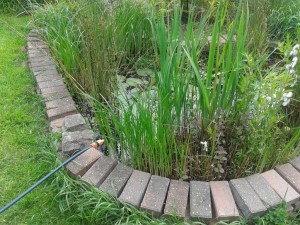
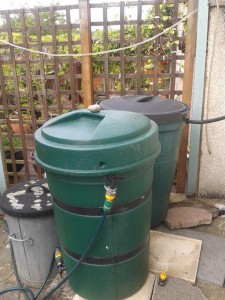
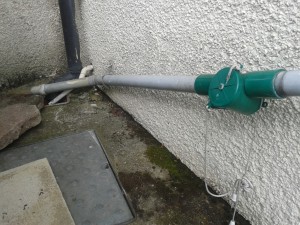
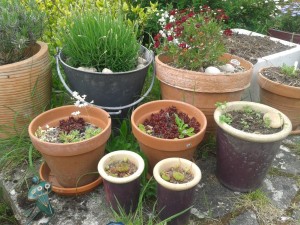
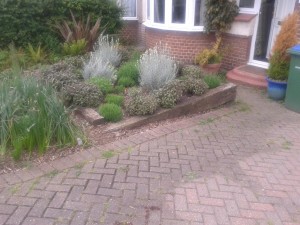




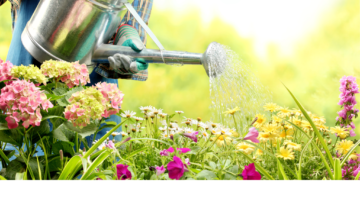
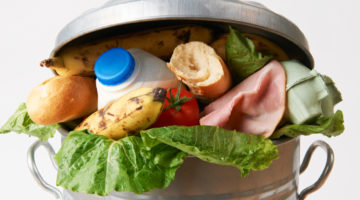
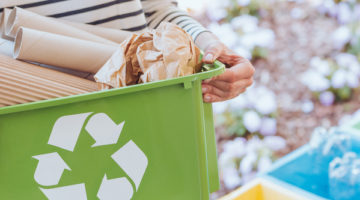





No Comments yet! Be the first one.